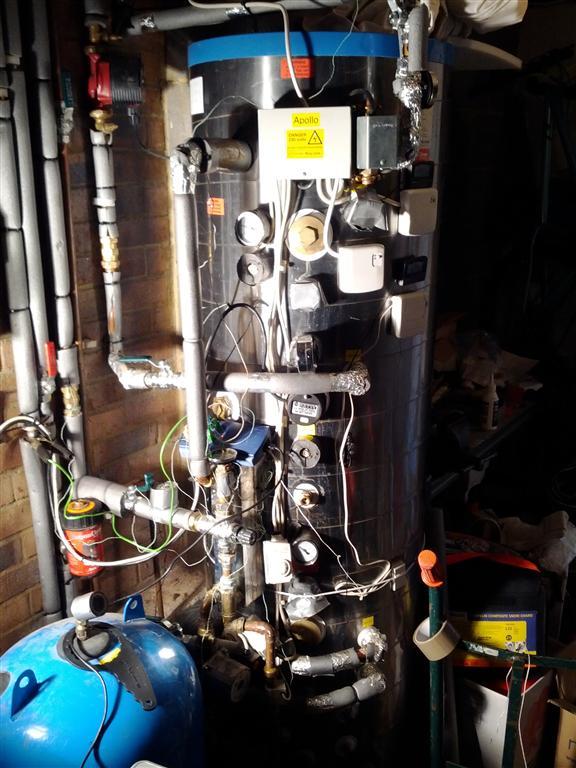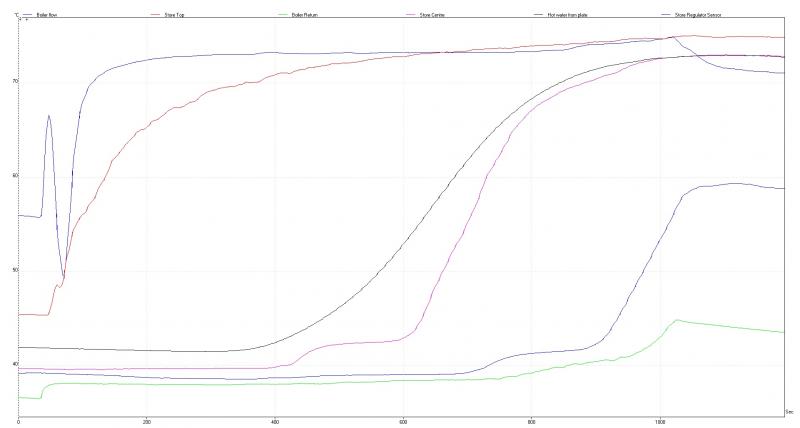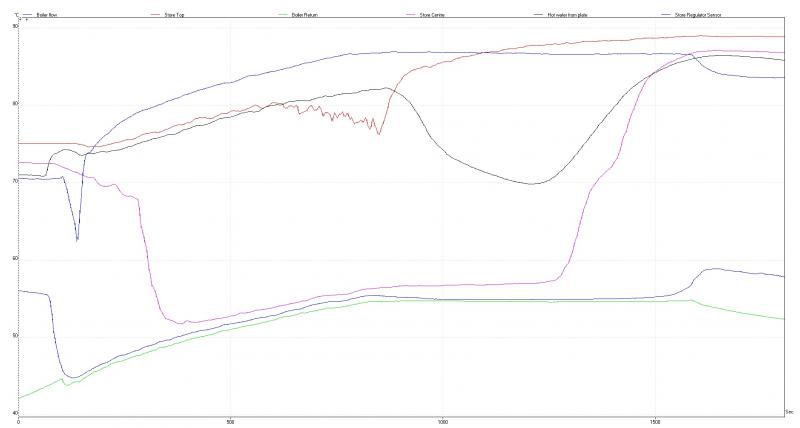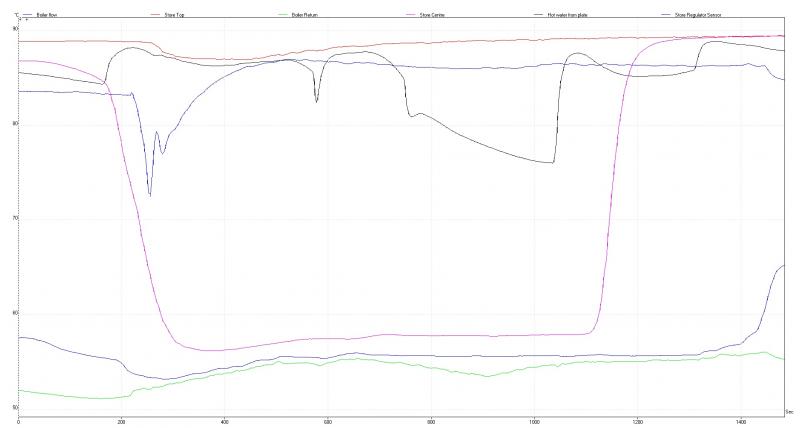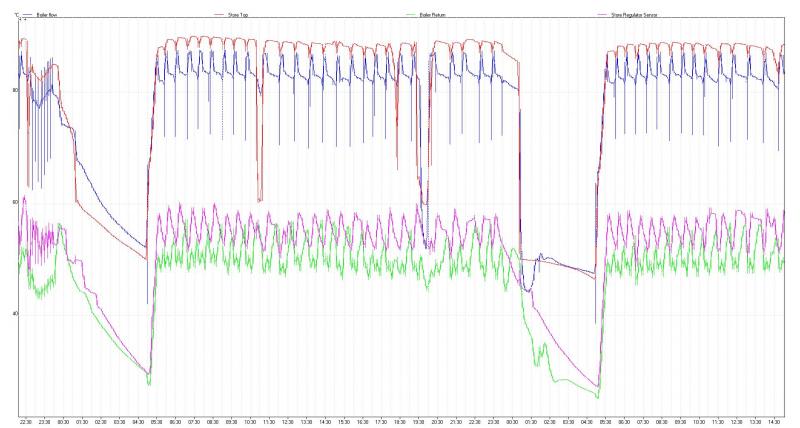But if you are heating a cylinder for a family of 4 twice a day.... to 60 degrees? Your boiler is going to need to hit 70+ to do it. 80 if it to be done in any reasonable time.
You are not totally wrong - hence my looking into greater separation of TS stores. And as I have pretty much concluded, it is not financially viable to bring WC into play for most people.
However, You ignore the fact that they do everything else very well indeed. When done correctly. And certainly are no less efficient than an Unvented and S-Plan.
You are not totally wrong - hence my looking into greater separation of TS stores. And as I have pretty much concluded, it is not financially viable to bring WC into play for most people.
However, You ignore the fact that they do everything else very well indeed. When done correctly. And certainly are no less efficient than an Unvented and S-Plan.



